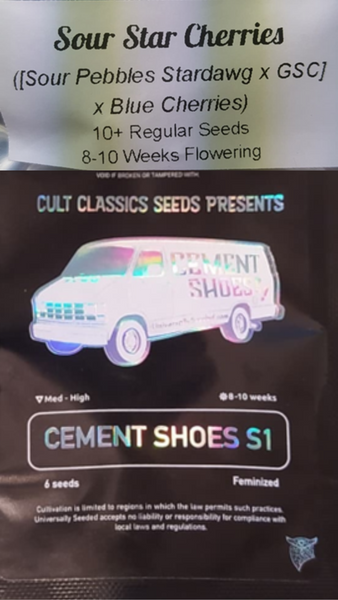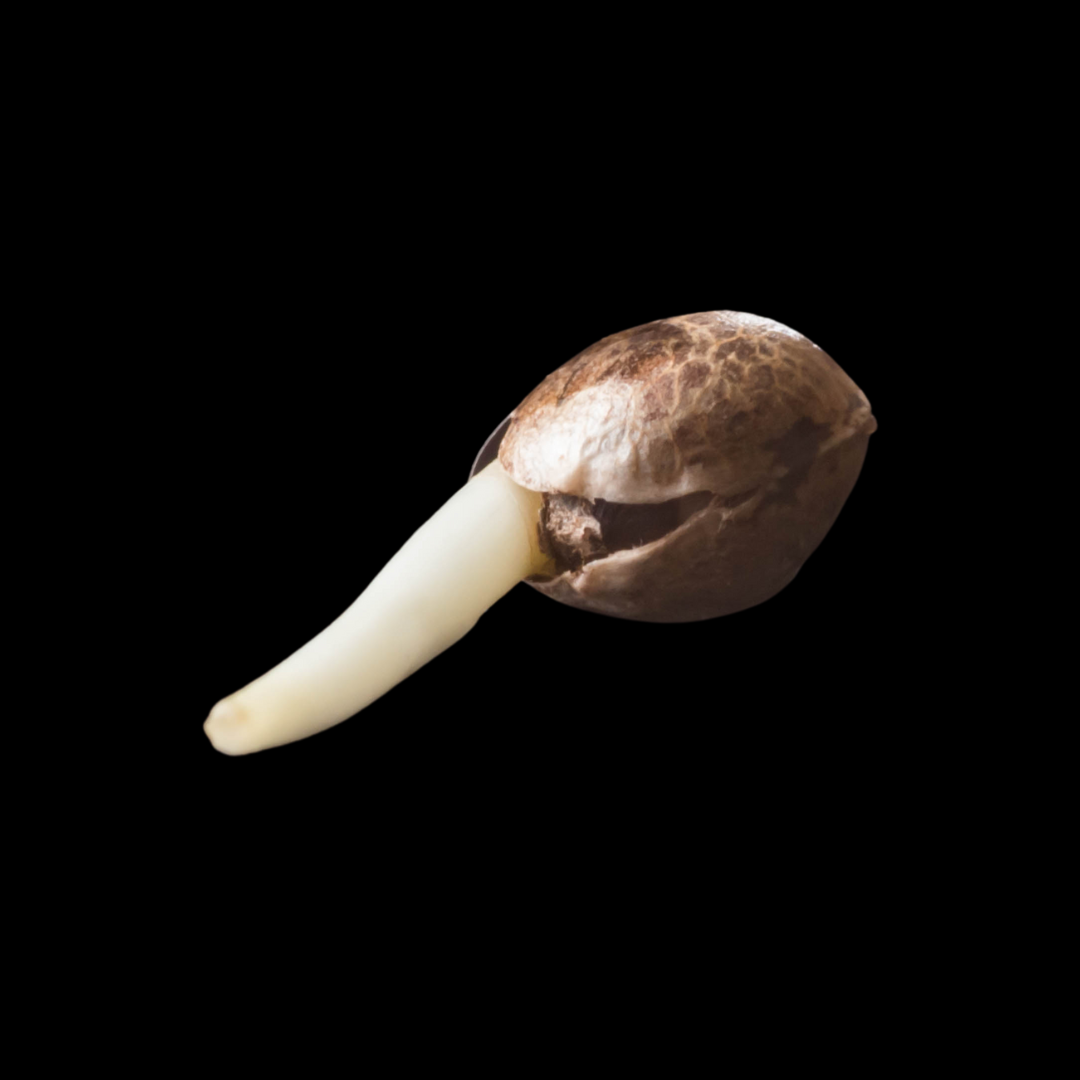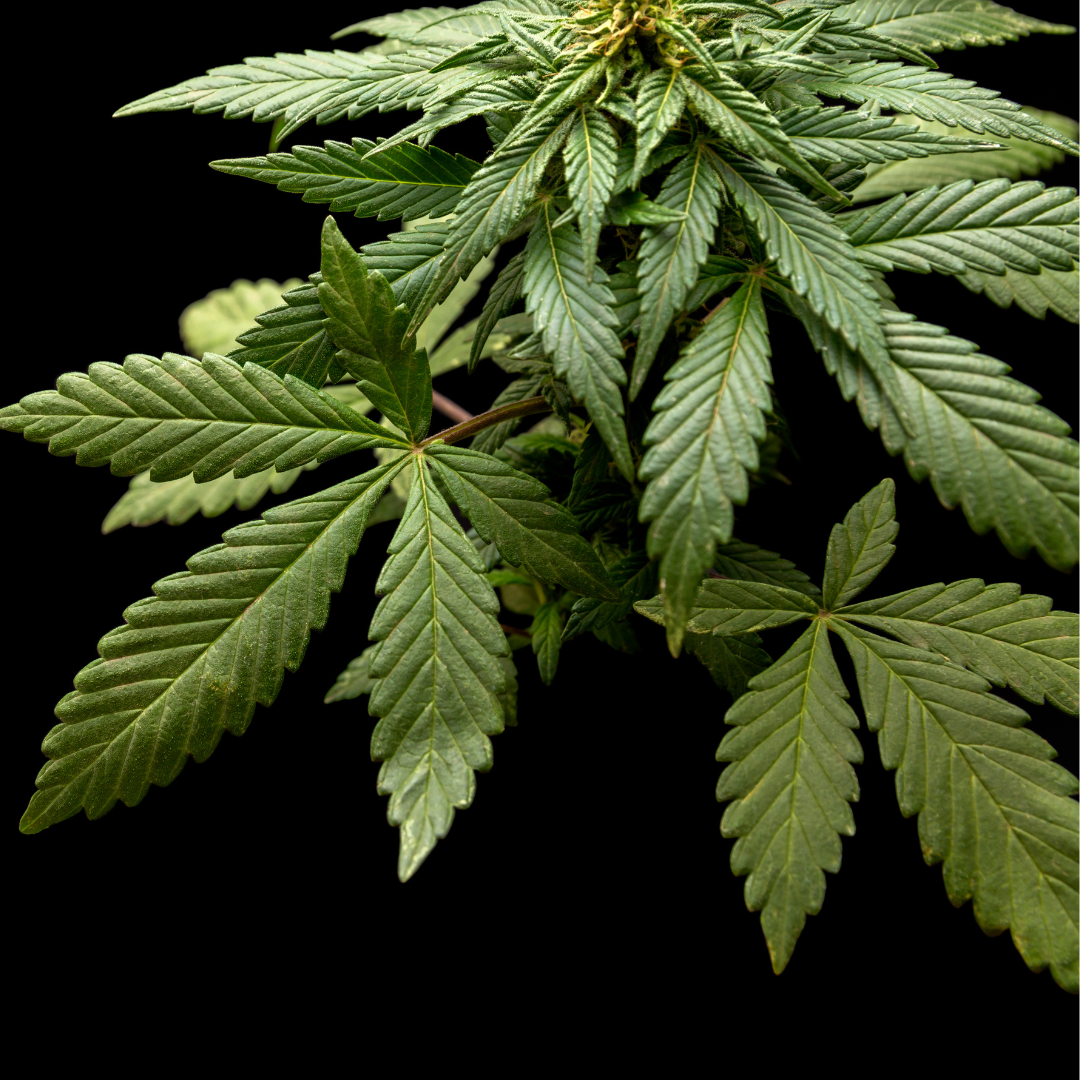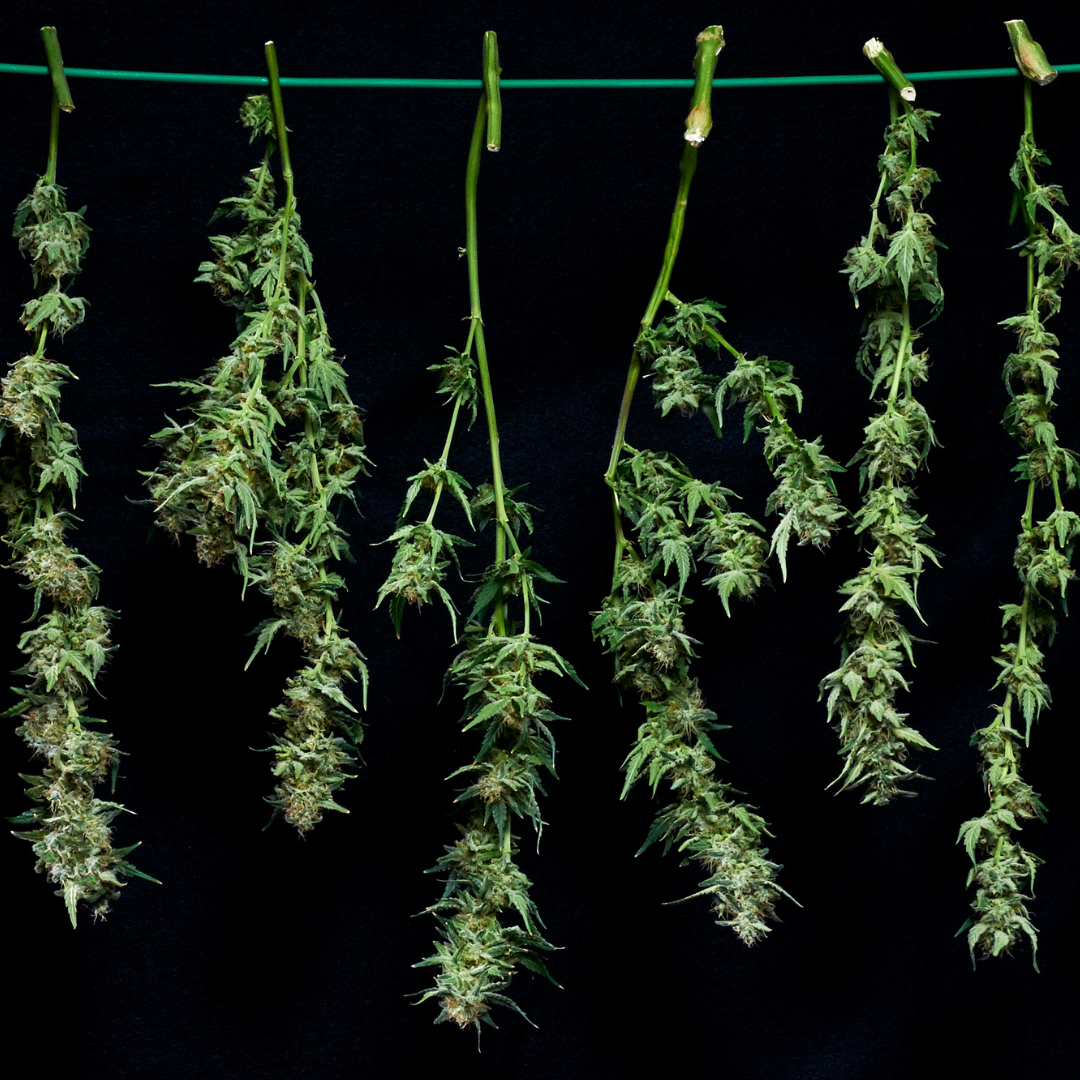The Germination Stage

Germinating cannabis seeds marks the beginning of a journey towards cultivating vibrant and healthy plants. This step sets the course for successful growth and harvests. Germination can also be quite a delicate process, requiring technique and attention to detail. This blog series will explore each step of a cannabis plant’s growth cycle. Expert Future Harvest grower, @treetrunk422, has generously provided us with images to illustrate the process. He has achieved amazing results with Future Harvest’s premium powdered nutrient line Dosaline.
What is seed germination?
Before diving into the methods, we must discuss the germination process. Cannabis seeds contain all the genetic material necessary to develop into mature plants. When provided with the right conditions—moisture, warmth, and oxygen—the seed activates its metabolic processes, initiating germination. The primary goal during germination is to encourage the seed to sprout a taproot, which will eventually grow into a healthy plant. To initiate this process, a grower must source some quality genetics from a reputable seedbank that sells viable seed.

Characteristics of viable cannabis seeds
A viable cannabis seed contains the genetic blueprint necessary for plant growth and development. It appears as a small, teardrop-shaped seed with a hard outer shell. This shell serves to protect the delicate inner embryo from external threats, such as moisture, temperature fluctuations, and physical damage.
A healthy seed will have a firm, intact outer shell without any cracks or damage. When examining a cannabis seed, you may notice variations in color and pattern on the outer shell. These markings are natural and can range from light tan to deep brown, often with mottled or speckled patterns.
Seeds that feel light and hollow may indicate that they are old, dry, or otherwise compromised in quality. Seed that have not had enough time to mature will look green as opposed to tan with dark striations.
When gently squeezed between your fingers, a viable seed will resist pressure and maintain its shape. This resilient structural integrity is a good sign that the embryo inside is capable of germination.

Regular, non-feminized cannabis seeds
Regular cannabis seeds result from natural pollination between a male and a female plant, yielding offspring with a 50/50 chance of being either male or female. Male plants produce pollen sacs instead of buds and are typically removed from the crop to prevent pollination of female plants, which would divert energy towards seed production rather than high-quality flower development. Despite the need to sex the plants and remove males, regular seeds are valued for their genetic diversity, often used by breeders to create new strains, or stabilize desired traits.
What are Feminized seeds?
Feminized seeds are bred to produce exclusively female plants. This is great for cannabis cultivation because female plants are the primary producers of the sought-after flowers rich in cannabinoids like THC and CBD. By eliminating male plants, which would otherwise pollinate female plants and lead to seed production, resources are directed entirely towards bud development. Feminized seeds are produced through various techniques, such as inducing stress in a female plant to trigger the production of male flowers, then using the pollen to fertilize another female, or through chemical treatments.
How to Germinate Cannabis Seeds
The Paper Towel Method
One of the most popular and straightforward approaches to germination is the paper towel method. In this method, cannabis seeds are placed between moist paper towels or cotton pads. The towels should be kept damp but not soaking wet.

To retain the moisture and provide darkness many growers use two plates. A bottom plate will where your moist paper towel is placed. Another plate will be placed face down on top of the other to create a dark and moist microenvironment. Another variation of this method is to place the paper towel inside of a Ziploc bag. The bag can be sealed after blowing some air inside of it or left slightly open to allow oxygen in while retaining humidity.
The setup is then stored in a warm, dark place, such as a cupboard, on top of a fridge or in a drawer. Growers should check the seeds regularly for signs of germination every 24 hours. sprouting, typically within a few days. Once the white taproot has emerged from the shell, the seed is germinated and ready to plant.
Direct to medium method
Some growers prefer to plant seeds directly into their final growing medium. This method eliminates the need for transplanting seedlings, reducing the risk of transplant shock. The benefit is the ease of eliminating the process of germination before transplant. The downside is that it may take longer to sprout (4-10 days) and makes it impossible to see whether your seed was viable prior to planting. If you are using this method, we recommend sprouting your seeds in seedling trays or small nursery pots. Because germination requires a moist medium, larger pots make it harder to determine whether your medium is too dry or too wet for the young plant. Seedlings grown in small pots are far more likely to get overwatered and die than seedlings sprouted in trays or small nursery pots.
To plant seeds directly in soil, rockwool or a peat puck, create a small hole (about 0.5 to 1 inch deep) and place the seed inside. Lightly cover the seed with the medium and water gently. Ensure the soil remains consistently moist but not waterlogged and maintain a warm environment for optimal germination.

In a seedling tray it is easy to use a spray bottle to keep the medium moist until the seeds sprout. Some growers elect to use a humidity dome to keep the medium moist overnight and remove the dome as soon as seedlings have broken ground.
Germination cubes or plugs provide another convenient option for starting cannabis seeds. These cubes or plugs offer a sterile environment for germination and can be easily transplanted once the seedlings emerge. To use germination cubes, simply place the cannabis seed in the pre-cut hole or depression in the cube/plug. Keep the cubes moist and warm, typically by using a humidity dome or tray. Once the seedling emerges, transplant it carefully into its final growing container.
The water glass method
The water glass method is a traditional approach to germination that involves soaking seeds in a glass of water. To use this method, fill a glass or cup with room temperature water and place the seeds inside. Allow the seeds to soak for 12 to 24 hours, or until they sink to the bottom of the glass. After soaking, transfer the seeds to a moist paper towel or directly into soil. Monitor the seeds closely for signs of germination and adjust conditions as needed.

To ensure successful germination, it is essential to maintain optimal conditions throughout the process. Keep the germination environment consistently warm (around 70-85°F or 21-29°C) and humid. Avoid extreme temperature fluctuations, as they can disrupt germination. Additionally, moisture is crucial for seed germination, but excessive water can lead to rot. Aim for damp, not soggy, conditions to prevent drowning the seeds.
Provide adequate oxygen to the seeds by avoiding excessive compaction of the growing medium. Seeds require oxygen for respiration during germination, and compacted soil can restrict airflow. Handle cannabis seeds delicately to avoid damaging the embryonic taproot, using clean hands or tweezers to minimize contamination. Lastly, be patient and observant during the germination process, as it can take anywhere from a few days to a week or more, depending on several factors. Monitor the seeds regularly for signs of sprouting and adjust conditions as needed to ensure successful germination and healthy plant growth.







1 comment
The germination stage really does set the tone for the entire grow, and it’s awesome to see a focus on getting it right from the start. Huge shoutout to @treetrunk422 for sharing those images—it’s so helpful to see the process in action. I’m also super curious about the Dosaline nutrients; if it helped achieve those results, I might need to give it a try on my next grow! Can’t wait to see the rest of the series.